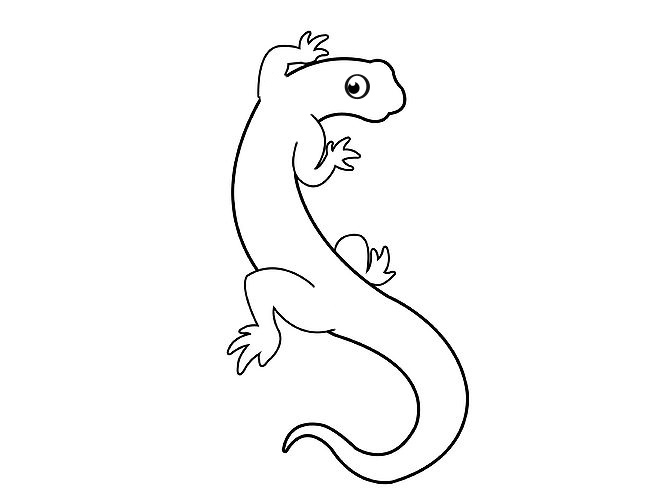Sitting here on my couch in my little blue house in the ever-developing town (city?) of Gainesville, Florida, I often reminisce about my ever-growing database of herping memories. I recall the successes, and even though I lament the failures, they are as much a part of my memories as any other...and unfortunately they are far more numerous.
Three and half years ago while on a trip to Croatan National Forest for a NAFHA meeting, several herpers had gone looking for the red phase Carolina Pygmy Rattlesnake (Sistrurus miliarius miliarius). They succeeded in finding three, while myself, Josh Holbrook, Daniel Dye, Michael Dye and Don Filipiak looked for various swamp dwelling critters in the heart of the forest. We had fun and found a lot of obscure animals, but my jealousy over their finds was conspicuous. A few preferred words were expressed while eating fire-burnt marshmallows that evening at the campsite. They were said in a facetious manor, but envy was at the heart. I had never seen one in person, but it was one that I mentally circled in the Peterson Field Guide as one that I MUST see.
I failed to see one that trip, or a trip I took two weeks after, and then two subsequent trips a year later. It was a Groundhog Day of defeat. This is where Dick Bartlett comes in to play. I expressed my want for this subspecies, and it took very little convincing to get him to agree to go on the outing. He said he hadn't seen one in 20 plus years and it would be really fun to see one again. He only wanted to change the itinerary slightly. He wanted to add the sandhills variant as well; an almost lavender snake.
We arrived in northeast North Carolina in the late afternoon and started hitting the roads immediately. It was still hot, but the ambient air temperature was dipping rapidly. On our first pass down a winding road we saw a large snake in the left-hand lane. Both ends of the snake was tapered with a hump in the middle and an elevated tail - distinctively rattlesnake. Too large for a pygmy so the only other option for this region is a Canebrake Rattlesnake (Crotalus horridus). We took our photographs - me with my gaudy, accessory-burdened DSLR and Dick with a much smaller point and shoot. One thing about Dick Bartlett that many people already know is, he has seen, and photographed, almost every species and subspecies of herpetofauna the USA has to offer. Nowadays he just enjoys taking photos of everything and anything. This little, unimpressive looking camera, allows for that.
The Canebrake was escorted from the roadway and we loaded back into the car for more eye exercise. On the second pass Dick noticed a gravel road that branched off our main cruising road. He thought it looked good, so we turned down it. Not 100 feet down that road we could see another snake ahead on the left side. I shouted "STOP!! Snake!!" We were a long distance from the snake, but I knew I was looking at a red Carolina Pygmy. I got out of the passenger side and ran the several yards up to where the snake was located. It was the reddest snake I had ever seen. Both Dick and I stared in awe for a moment before we realized we better get our cameras. We were prepared for a late night of herping, but the sun hadn't even set and we already acquired our main objective. We stayed out for a few more hours to see what may cross our paths, but nothing more would.
Dick Bartlett in action photographing the red pyg.
The next day Dick asked if I had any idea where to find the sandhills Carolina Pygmy. I said "no idea, do you?" I could see him scanning his cerebral hard drive, but all was lost to time. We were going to have to go on instinct and iPhone. From satellite maps I found several roads that looked promising in the sandhills of South Carolina and eight hour later we were there.
Again we arrived a couple of hours shy of sundown and started hitting random roads. However, this time the sun did go down before any snakes would allow themselves to be seen. A little after 9pm something would show itself, and unlike the last trip, it was not immediately clear it was a snake. It just looked like a bright clump of pine needles. I turned my head and looked down as we passed it and noticed that it moved slightly. I knew it just had to be a young pygmy. After another sudden outburst of "STOP!! Snake!!" I got out of the car to confirm we had now successfully found another variant of the Carolina Pygmy Rattlesnake... and it was beautiful.
Later that evening we found another one of equal size. The only other snake that evening was a Southern Copperhead (Agkistrodon contortrix contortrix). We found not a single non-venomous snake on the entire trip, but it didn't matter because we had seen exactly what we wanted to see. Incidental finds are fun, but the triumph of successfully finding our goal is a fond memory I can bring to my couch.







